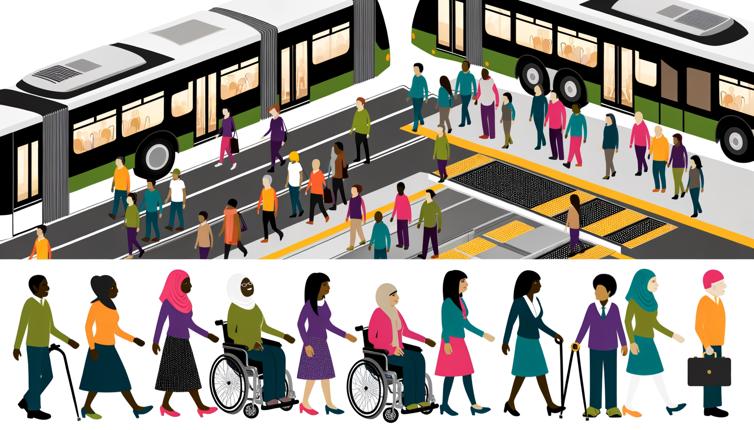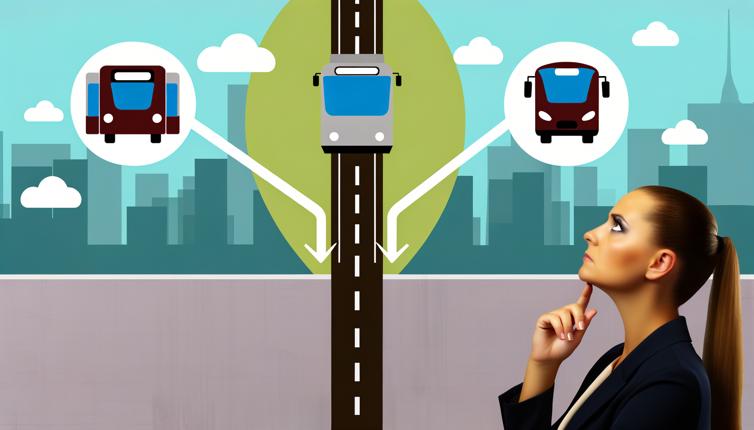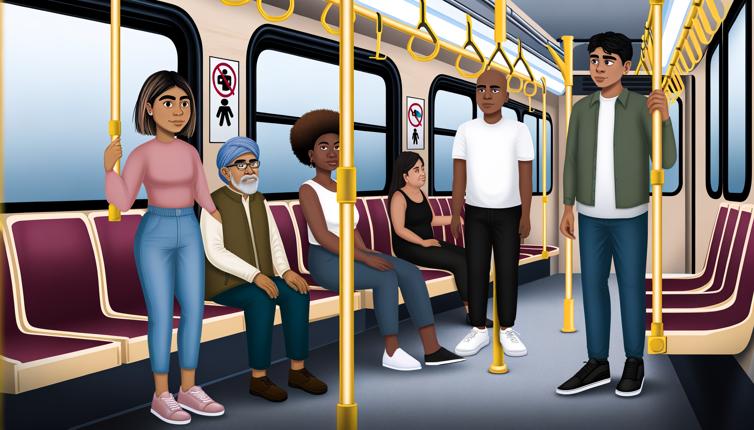1. Improving Infrastructure
One of the key aspects of making public transportation accessible is by improving the infrastructure. This includes constructing ramps and elevators at stations to provide wheelchair accessibility. Additionally, installing tactile strips and audible announcements can significantly benefit individuals with visual impairments.,Furthermore, ensuring that there are designated spaces for individuals using mobility devices, such as wheelchairs or mobility scooters, is essential. These designated spaces should be easily accessible and provide ample room for individuals to board and disembark safely.
2. Training Staff
Another crucial aspect is providing proper training to the transportation staff. It is essential for staff members to be knowledgeable about different types of disabilities and how to assist individuals in need.,Staff should be trained to operate lifts and ramps properly and provide assistance to individuals who require support. Sensitivity training can also help staff members understand and empathize with the challenges faced by individuals with disabilities.,Additionally, educating staff about different communication methods, such as sign language or written notes, can aid in effective communication and accommodate individuals who are deaf or hard of hearing.
3. Implementing Technology Solutions
Advancements in technology can play a significant role in improving public transportation accessibility. Implementing apps or websites that provide real-time information on accessible routes, schedules, and any disruptions can be beneficial for individuals with disabilities.,Furthermore, introducing contactless payment systems or smart cards can help eliminate barriers faced by individuals with limited dexterity or difficulty handling cash.,Installing audiovisual systems at stations and on vehicles can assist individuals with visual impairments by providing audio cues and visual displays of upcoming stops or routes.
Conclusion
Making public transportation accessible to all individuals, regardless of their abilities, is crucial for creating an inclusive society. By improving infrastructure, training staff, and implementing technology solutions, we can ensure that everyone can use public transportation with ease. It is essential for governments, transportation authorities, and communities to work together to make public transportation a truly accessible mode of transport.








